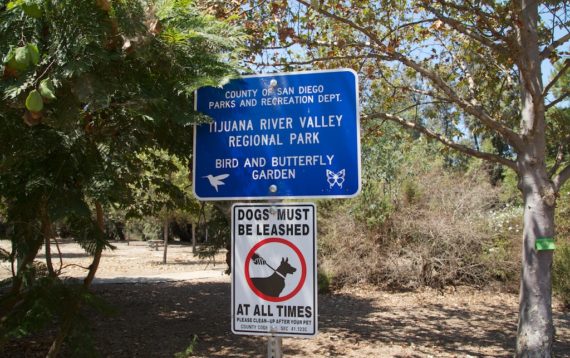Location: San Diego County
Project Type: Restoration
Status: Completed
Habitat Type: Exotics Control, tidal wetlands
Cost: $500,000
Assembly District: 80
Senate District: 40
Congressional District: 51
Project Lead/Grantee:
Southwest Wetlands interpretive Association (619-575-0550)
 For more information, visit scwrp.org
For more information, visit scwrp.org
This project developed a watershed-wide invasive plant control plan in the Tijuana River Valley and implemented the first phase of exotics removal.
The Tijuana River Valley is in one of the most important biological sites in California. It includes
Prime riparian and salt march habitats within a county regional park, a state park, and a national wildlife refuge. But the valley is being degraded by non-native invasive plants, particularly giant reed (Arundo donax), castor bean (Ricinus communis) and salt cedar (Tamarix spp). These plants reduce the beneficial uses, alter vegetation structure, displace native plant species, and degrade habitats for native animal species. They also increase fire frequency, alter soil chemistry, reduce surface water availability, and alter rates of sedimentation and erosion.
The purpose of the program was to obtain the support of the various public landowners in the valley and to start control activities on a small scale. During Phase 1 of the project, a Technical Advisory Group (TAG) was formed, the distributions of the target species were mapped, an control plan was developed, all the necessary environmental permits were obtained, and experimental treatments in small demonstration sites were conducted. In 2004, funding from the Proposition 13 Watershed Protection Grant Program, allowed for Phase 2 and a great expansion of the program. Phase 3 is now underway with additional funding provided by Proposition 40 through the Nonpoint Source Pollution Control Program and the State Water Resources Control Board.

